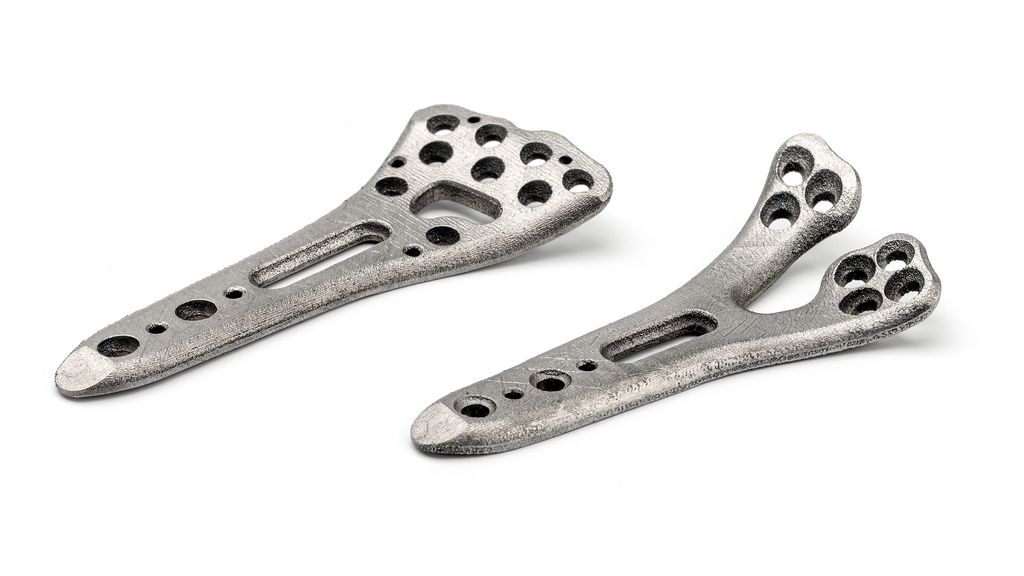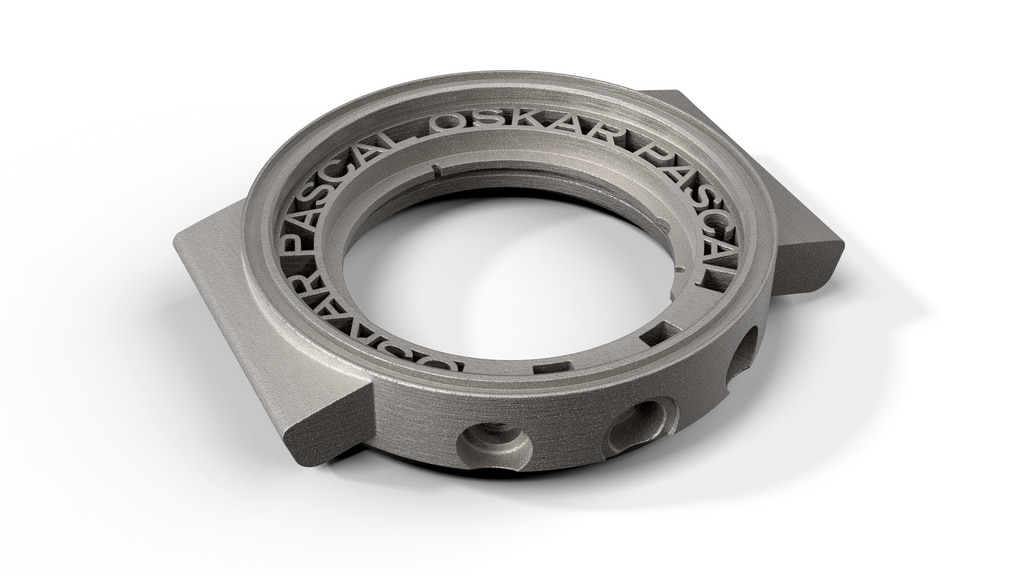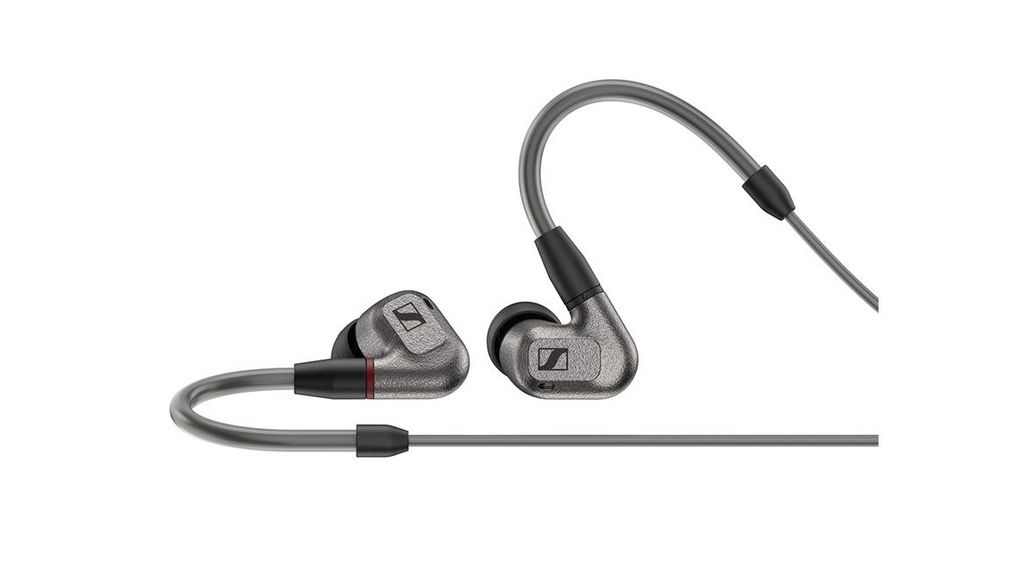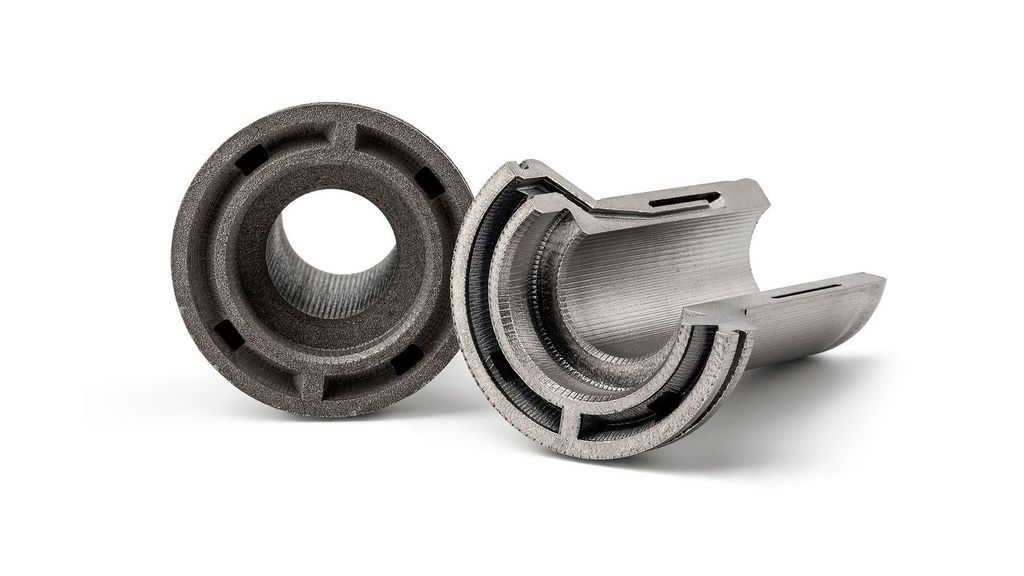The 3D printer produces customised amorphous implants which have the strength required yet are flexible enough to synchronise with and absorb movements. Furthermore, the porous surface structure produced in additive manufacturing facilitates bone on-growth. Compared to other materials, the surface quality of 1 micrometre directly after printing is significantly better. A real advantage if the implant is to be removed again. (Image source: Heraeus AMLOY)
Which amorphous applications are available?
From a lifestyle watch to medical technology to lightweight design: amorphous metals open up new application options for many sectors and industries. Thanks to the combination of 3D printing and metallic glasses, one thing is for certain: the material can be optimally processed, generating the finest structures with smooth surfaces. Applications requiring very high corrosion resistance and wear resistance can be ideally implemented.
Medical technology
Medical technology gets just what it wants with amorphous metals: the perfect material for the production of long-lasting scalpels or minimally invasive instruments. But even in the human body, amorphous metals will play an important role in future – as implants.
Lifestyle products
Polishable high-quality surfaces and scratch resistance give lifestyle products the "wow" factor. This makes them essential for high-grade entertainment electronics, watches and jewellery.
General industries
Thanks to the additive method, many industrially manufactured components can be produced "as a whole". This means that the components do not have to be manufactured individually and subsequently assembled.
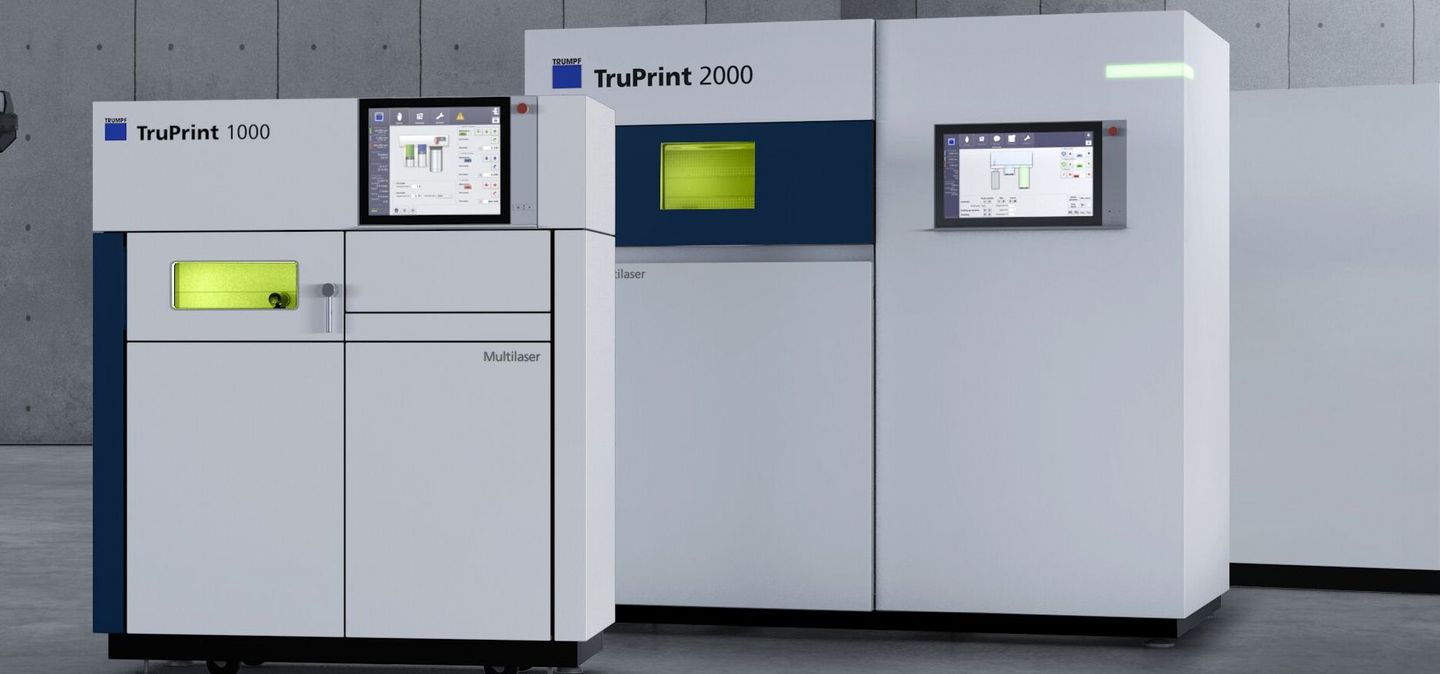
Why 3D printing and amorphous metals are a real dream team: read here how the TruPrint systems from TRUMPF and the ultra-pure, specially optimised powders from Heraeus AMLOY work together perfectly.

